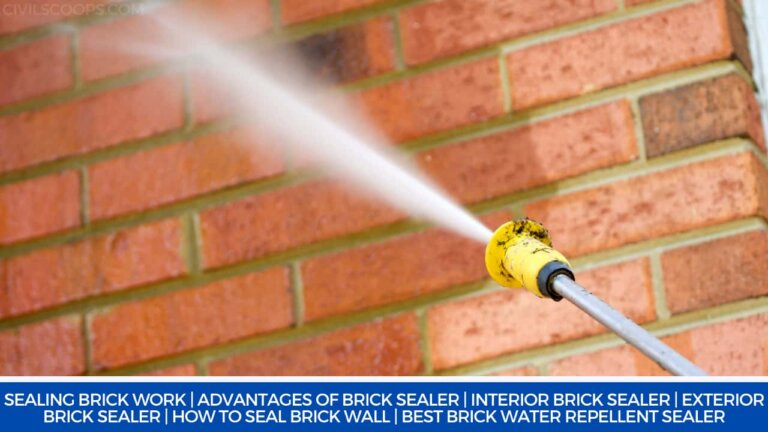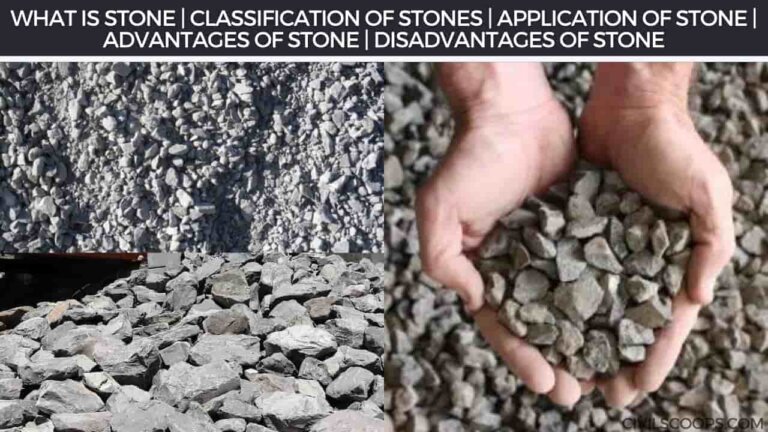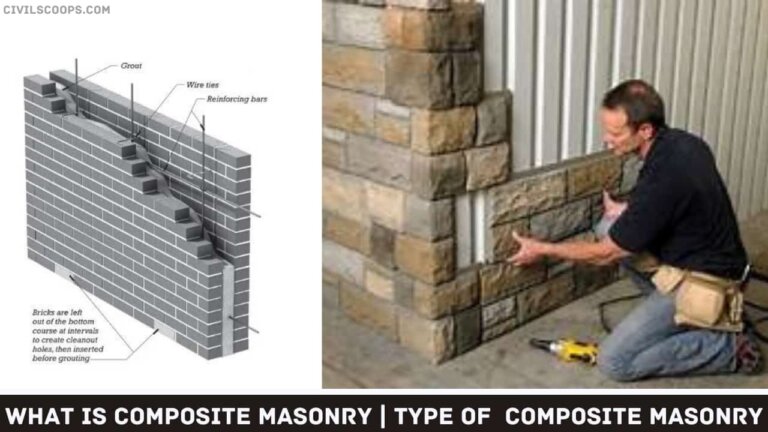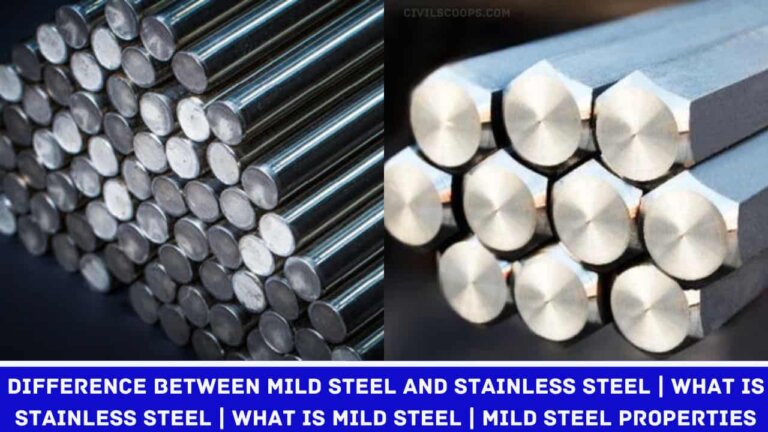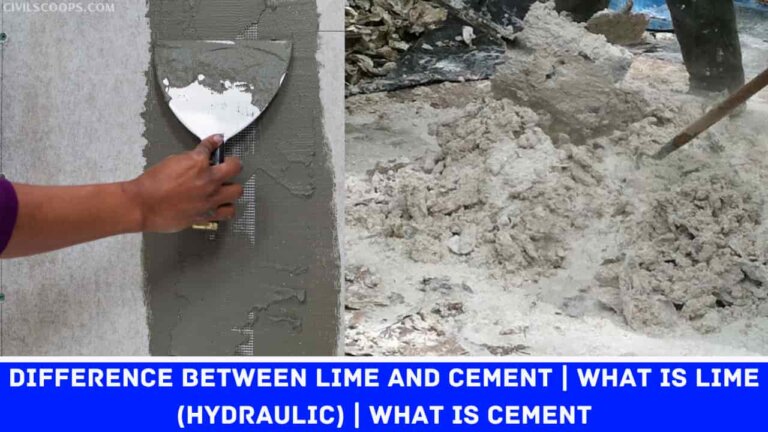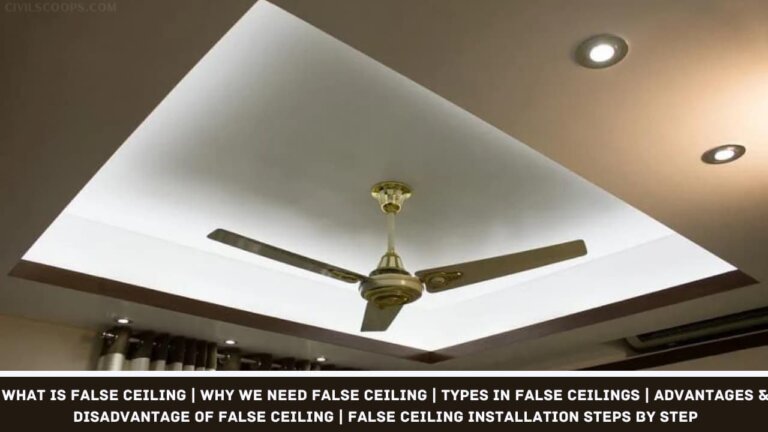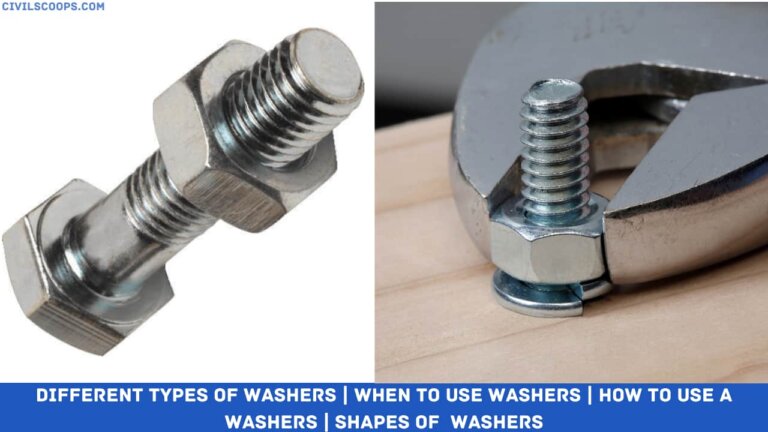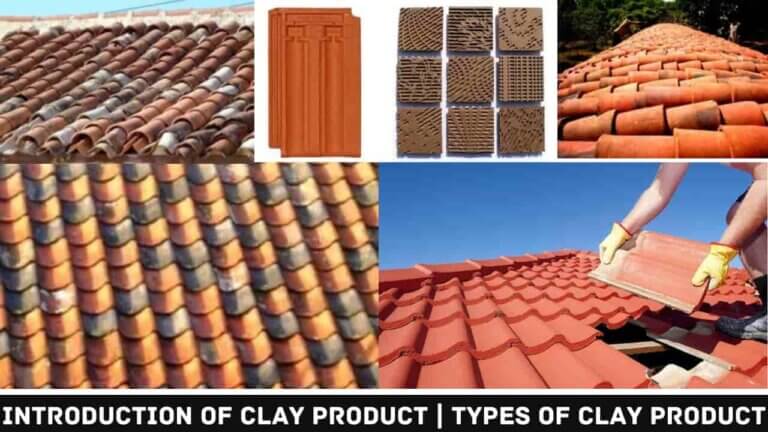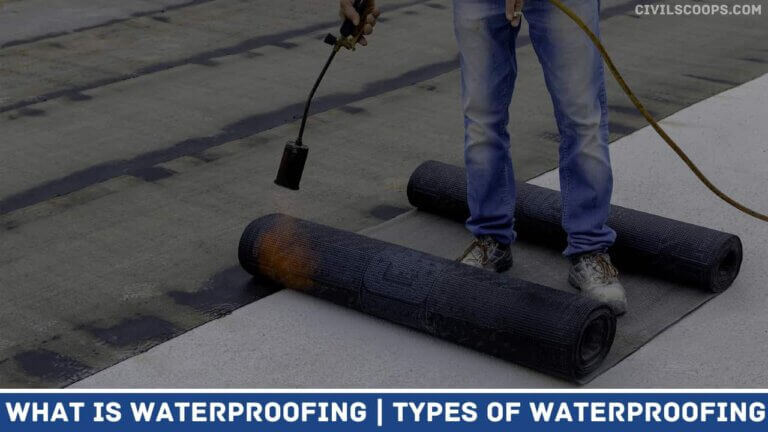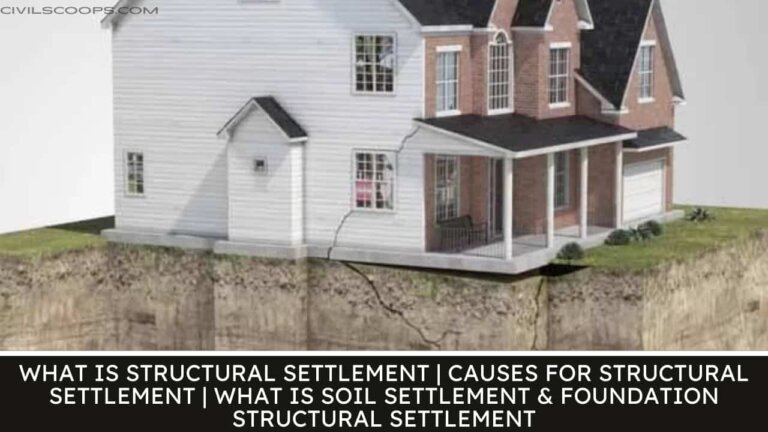What Is Sealing Brick Work| Advantages of Brick Sealer | Types of Brick Sealer
What Is Sealing Brick Work? Although brick is hard and sturdy, however, it is additionally abysmally porous, thus it will absorb water and over time, water absorption can cause crumbling and cracking within the brick. A sealer can be applied with a roller if no pump sprayer is procurable. Solvent-based sealers are most popular for…

